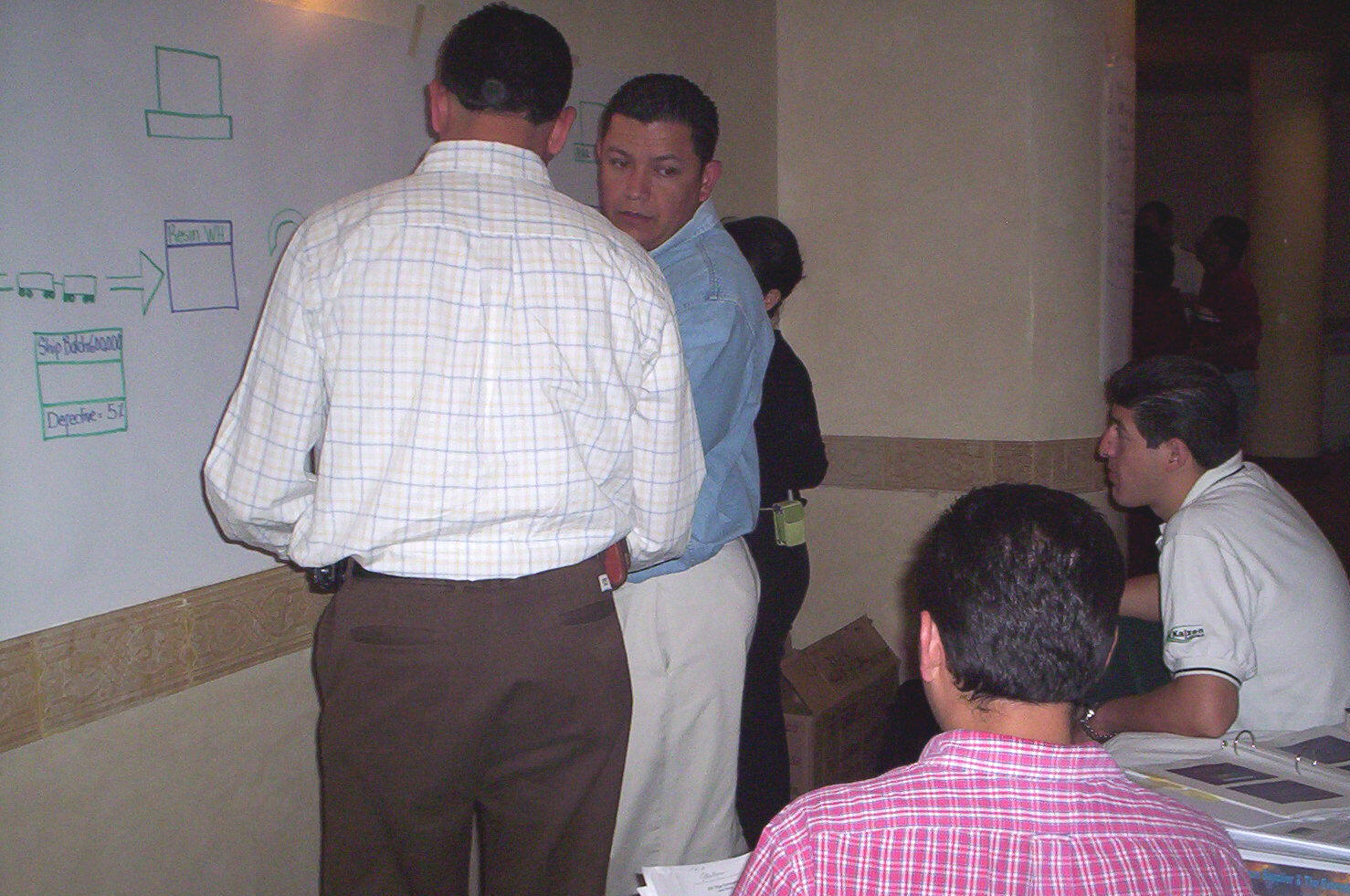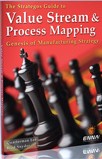|
Value Stream Mapping (VSM) is a visualization tool, oriented to the Toyota version of Lean
Manufacturing. As with any tool, it has limits.
The Problem of Over-hype
Authors and consultants claim unrealistic benefits and applications for VSM. At the same
time, customers and managers tend to look for the "silver bullet." This situation sets up
unrealistic expectations and diverts attention from important aspects of complex problems.
As with the "miracle garden tools" advertised on television, beware of anything that promises
to solve all your problems. It takes more than a claw hammer to build a house. One needs a saw,
level, tape measure and many other tools.
Non-Technical Aspects of Lean
 Value Stream Mapping is a technical tool that examines the physical system, processes and
interconnections. Equally important for Lean Manufacturing success is the people side. Factories
are complex socio-technical systems that
require an integrated approach. Value Stream Mapping is a technical tool that examines the physical system, processes and
interconnections. Equally important for Lean Manufacturing success is the people side. Factories
are complex socio-technical systems that
require an integrated approach.
For example, Lean Manufacturing requires high teamwork for motivation, coordination and
problem solving. It requires an effective mobilization of the collective intelligence of the
organization. There may also be quality issues that the company could address through Six Sigma or TQM
techniques. Five-S can clean up the plant, improve safety and further raise productivity. Value
Stream Mapping addresses none of these directly.
This is especially important in manufacturing where many managers have a technical bent and
limited awareness of the human issues to begin with.
Fuzzy Definitions
The definition of "value stream" is rather fuzzy. For example:
1) The map does not begin to capture "all specific actions."
2) The definition says "specific product" but the originators apply it to product families
with little guidance as to what constitutes a family.
3) "Value Stream" conjures a vision of water running through a series of value-adding
activities. But many icons do not depict value adding activities, do not touch the product and
do not flow like a stream.
|
High Variety Situations
VSM was developed and popularized in the automotive industry. Automotive plants are highly
focused factories with a narrow family of
products for a few customers. VSM works well in these situations.
However, in high variety-low volume factories, VSM is cumbersome and unrealistic. Here we
must supplement mapping with Group Technology
and other tools.
|

"The map is not the territory."
-S.I. Hayakawa
|
Symbology Affects Thinking
Many VSM symbols correspond to specific Toyota techniques such as "Withdrawal Kanban" or
"Workcells." This may lead the user to employ these techniques even when they are inappropriate.
In addition, there are other solutions that might be more effective in specific cases. These
tend to be ignored.
Overcoming the influence of symbology requires broad knowledge, creativity and awareness on
the part of users. Rote thinking may lead to the wrong path.
Training
To be effective, a VSM group requires training on symbols and mapping techniques. They also
need training on the Lean Manufacturing elements that the symbols represent. This contrasts with
Process Mapping which only requires a trained facilitator.
Other Mapping Techniques
Other mapping techniques are also useful and give different perspectives.
Process Mapping is an example. The
original system invented by Frank Gilbreth
in the early 1900's is still the most useful. The Gilbreth approach is fundamental, highly
visual and discriminates between waste and value-added. It is also simple, intuitive and
suitable for untrained groups. 
 Strategos
Guide To Strategos
Guide To
Quarterman Lee's latest book on Value Stream Mapping and Process Mapping goes beyond
symbols and arrows. It tells the reader not only how to do it but what to do with it.
More Info >>
|
|





